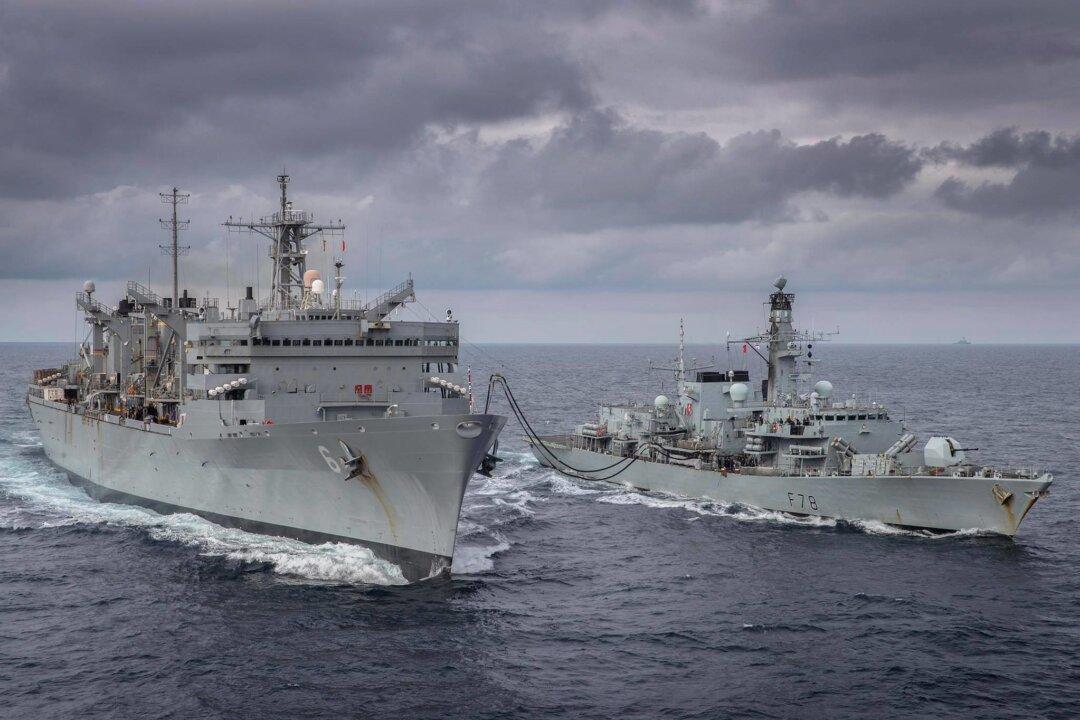The first U.S. Navy ships since the Cold War to sail into the Barents Sea in Russia’s maritime backyard have completed seven days of exercises with a British frigate.
The Barents Sea lies between the Norwegian and Russian coasts in the Arctic.


The first U.S. Navy ships since the Cold War to sail into the Barents Sea in Russia’s maritime backyard have completed seven days of exercises with a British frigate.
The Barents Sea lies between the Norwegian and Russian coasts in the Arctic.